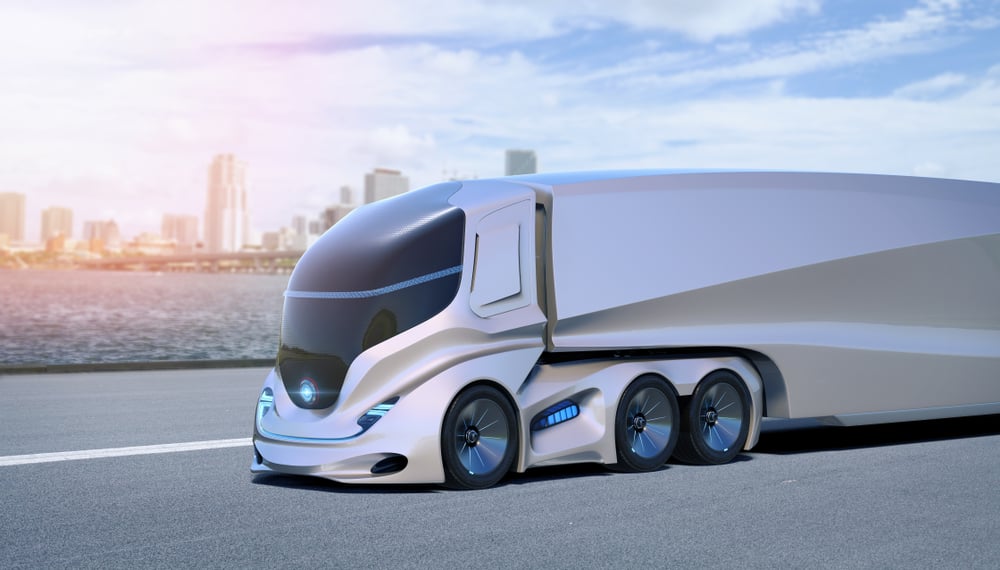The Rise of Automation Isn't the End of Human Carriers. Here's Why.

The rise of automation services has created a lot of uncertainty in the trucking industry. Self-driving technology, machine learning, and the prevalence of AI have many experts predicting the elimination of over two million trucking jobs within the next few years.
While these dire predictions are a possibility, more than likely these projections are overstated and will not have that dramatic of an effect on the trucking industry. Of course, technology is always evolving and staying up to date with the latest trends can help you stay well-prepared for the future.
Here are four reasons why the rise of automation technology isn't the end of human carriers.
#1) Truck Drivers Perform Many Other Tasks
 Truck drivers perform a wide range of tasks, whether it is maintaining logs, checking the cargo, providing customer service, or routine maintenance.
Truck drivers perform a wide range of tasks, whether it is maintaining logs, checking the cargo, providing customer service, or routine maintenance.
The vast majority of these tasks are unable to be automated, which provides additional job security for truck drivers. However, automation services may provide additional assistance for truck drivers, such as automatically checking for low tires, unbalanced loads, or other safety issues.
Ultimately, the bottom line is that automation technology can make an impact on the trucking industry without replacing the need for truck drivers.
#2) Operational & Regulatory Obstacles
Various operational and regulatory obstacles also pose significant challenges for self-driving trucks. For example, a truck can break down due to a variety of reasons, and there isn't technology in place to automatically fix these problems. Interstate trucking is also a complex process that requires following safety standards and various traffic laws.
These regulatory obstacles are different for each state, which makes it even more challenging to implement self-driving technology in the trucking industry.
#3) Self-Driving Trucks Remain in the Distant Future
 The technology needed for self-driving trucks still requires significant testing before it becomes a reality. The Society of Automotive Engineers uses a rating system between 0 and 5 to determine the level of automation.
The technology needed for self-driving trucks still requires significant testing before it becomes a reality. The Society of Automotive Engineers uses a rating system between 0 and 5 to determine the level of automation.
For example, level 0 is no automation, while level 5 is full automation. Currently, the vast majority of automation technology being tested is focused on partial automation services, which is level 2 and level 3.
These automation services do not threaten a driver's job but can make it easier to perform certain tasks.
#4) Additional Challenges
Self-driving trucks also must overcome significant challenges before it becomes a reality. For example, how will self-driving trucks handle various types of driving conditions or maintenance issues? What are the insurance implications for self-driving trucks? How will inspections be performed? All of these questions will need to be answered before self-driving trucks become a common occurrence on the road.

Cargobot is one of the industry leaders in enabling shippers and carriers to work directly. Their easy-to-use platform opens a network of certified carriers nationwide.
Easily track freight in real-time, remove hidden broker fees, keep all important documents organized, and access 24/7 support from a dedicated customer service associate.
Learn more about how Cargobot is leading the way in helping inland freight go direct. Visit the Cargoblog to stay up to date with the latest in inland freight news,
Learn more about the company at Cargobot Academy, or download the shipper app on iOS or Android.


